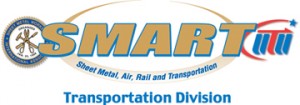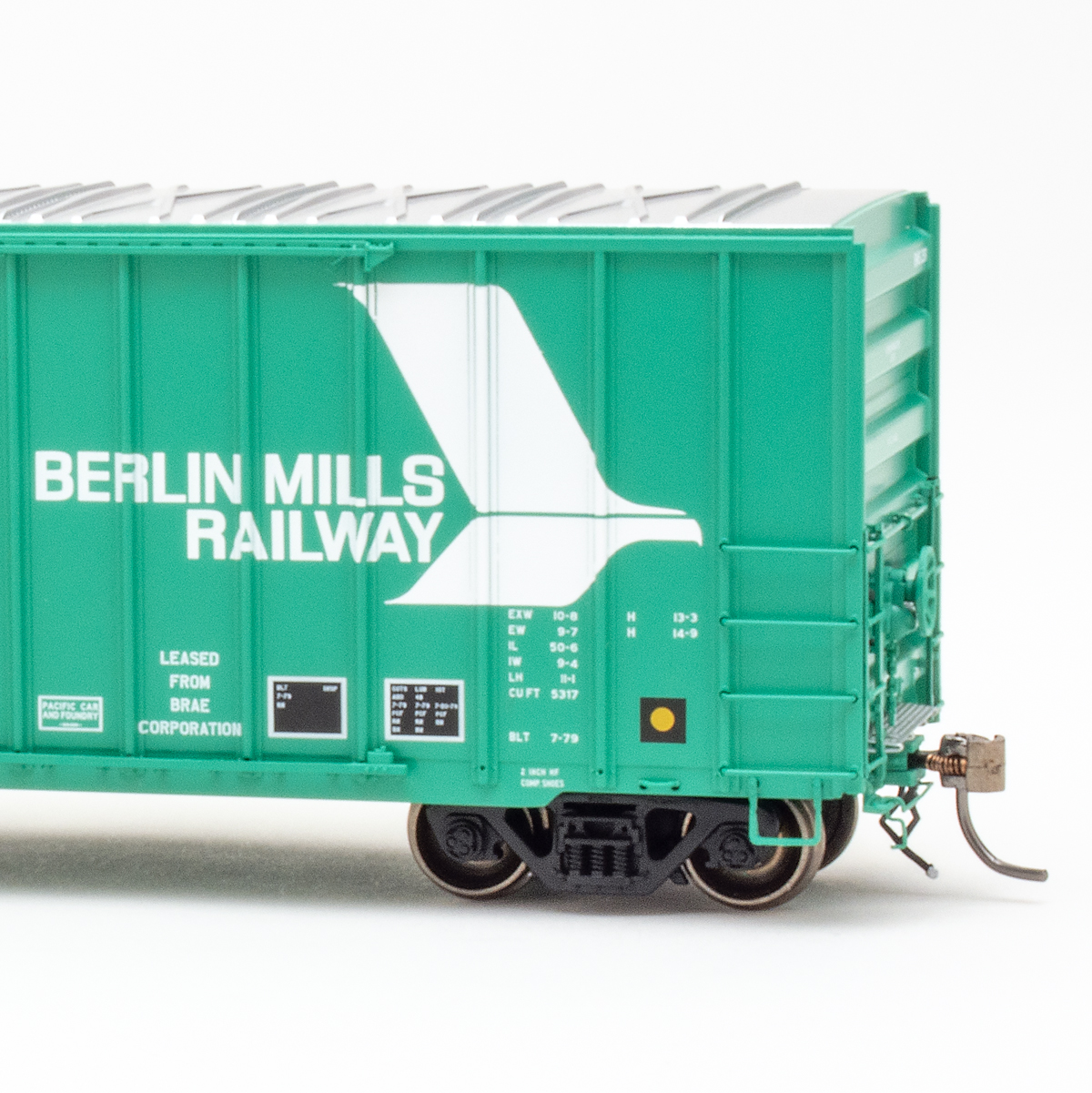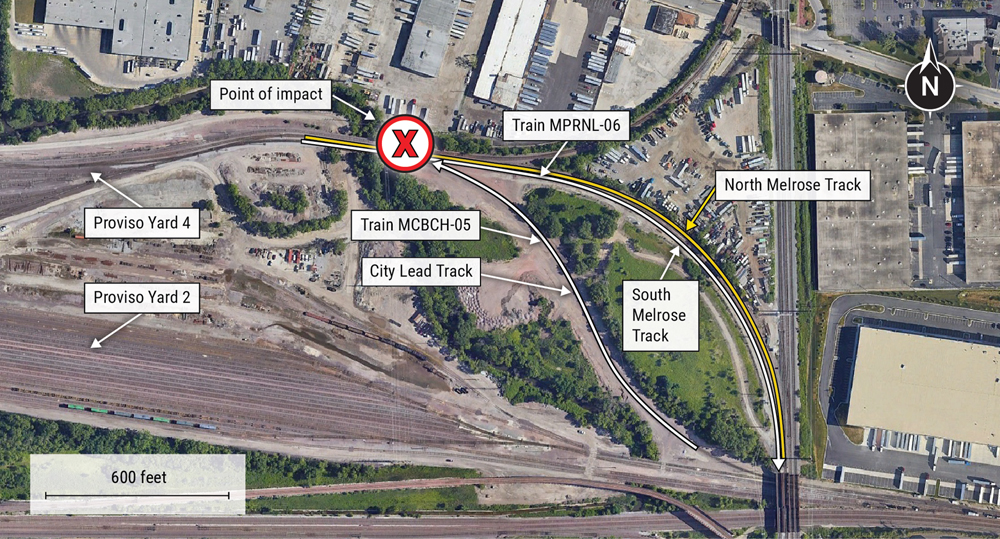According to officials with SMART Transportation Division, one of the largest unions represented in the talks, negotiations are expected to continue through 2020 and additional meetings are currently scheduled to take place in Cleveland; Omaha, Neb.; and Chicago.
The National Carriers’ Conference Committee represents BNSF Railway, CSX Transportation, Kansas City Southern, Norfolk Southern, Union Pacific, and the U.S. railroads owned directly or indirectly by Canadian National.
The railroads will be negotiating with the Coordinated Bargaining Coalition, representing American Train Dispatchers Association, Brotherhood of Locomotive Engineers and Trainmen, Brotherhood of Railroad Signalmen, International Association of Machinists, International Brotherhood of Boilermakers, National Conference of Firemen & Oilers, International Brotherhood of Electrical Workers, Transport Workers Union of America, Transportation Communications Union and SMART-TD.
The public learned on Tuesday that CSX would only take part in national negotiations health and welfare issues. CSX and SMART-TD are expected to hold their own bargaining sessions to discuss wages and work rules later this month. It’s unclear when the other unions will begin talks with CSX.
National bargaining between Class I railroads and labor groups happen every five years and is governed by the Railway Labor Act, a 93-year-old law meant to try and avoid major railroad strikes that could cripple the economy. If the railroads and the unions are unable to come to an agreement, the National Mediation Board can step in and help forge an agreement. If that doesn’t work, the independent government agency offers binding arbitration. If either side refuses arbitration, a 30-day “cooling off” period begins. After a month, unions can go on strike or railroads can lock employees out. If the dispute threatens to impact interstate commerce, the president can establish a board to investigate the issue and Congress can force a settlement.
The previous contract does not have an expiration date so there is no deadline for negotiations. Talks can continue for as long as both sides believe progress is being made. The last round of talks began in January 2015 and ended three years later.
This round of talks is expected to be tense as the railroads and unions discuss the prospects of single-person crews.
In the seven-page Section 6 notice issued in November, the railroads called for conductors to be taken out of the locomotive cab to become a “ground-based” position. The plan is similar to one BNSF negotiated with SMART-TD General Committee GO-001 back in 2014 that called for having a single-person aboard each train and a conductor in an automobile working with multiple trains on a specific territory. That proposal was later rejected by a 5-to-1 margin in a committee-wide vote.
In the new notice, the railroads argue that single-person crews are necessary for the industry to remain competitive. Unions counter that the push to single-person crews is instead a way to eliminate jobs while increasing the dangers facing the employees that remain.














